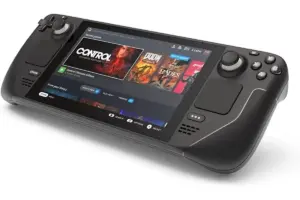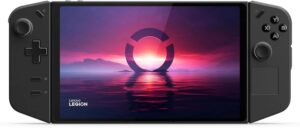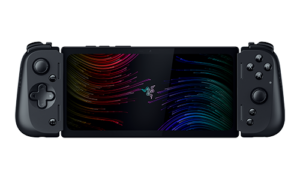The gaming world loves a sequel. If it’s not for games themselves—y’know, like Half-Life 2, Left 4 Dead 2 and Portal 2—it’s for the tech we use to play those games. Gaming headsets, gaming keyboards and gaming mice have all (mostly) benefited from successive releases thanks to respective advances in technology, and it’s the same story for the fledgling world of gaming handheld PCs.
That said, outside of the Ayaneo 2, we haven’t seen a full-fledged gaming handheld PC successor. But we know there are some in the works, like the MSI Claw 2 and, likely with greater community anticipation, the Steam Deck 2. I recently chatted with two Steam Deck designers from Valve and got a small update for where Valve’s head is at for the Steam Deck 2.
“So we really do want to wait for a generational leap in compute without sacrificing battery life before we ship the real second generation of Steam Deck. But it is something that we’re excited about and we’re working on,” said Steam Deck designer Lawrence Yang.
Yang also confirmed that the Steam Deck OLED shouldn’t be thought of as the Steam Deck 2.
“What we said when we launched the OLED was that this is not a second-generation device. This is what we would say is what we wish we had shipped originally for Steam Deck [LCD], and I think that has been borne out,” added Yang.
AMD has already announced the Ryzen Z2 Extreme chip, which should offer a performance increase for gaming handhelds from 2025. Similarly, Intel Lunar Lake has the potential to be a contender in the handheld space. Meanwhile, the Nintendo Switch , or whatever it ends up being called, is rumoured to feature an Nvidia chip with noticeably boosted performance over the original Switch. Whichever option Valve chooses for Steam Deck 2, it’s refreshing to hear the company is considering a performance increase alongside all-important battery life.











